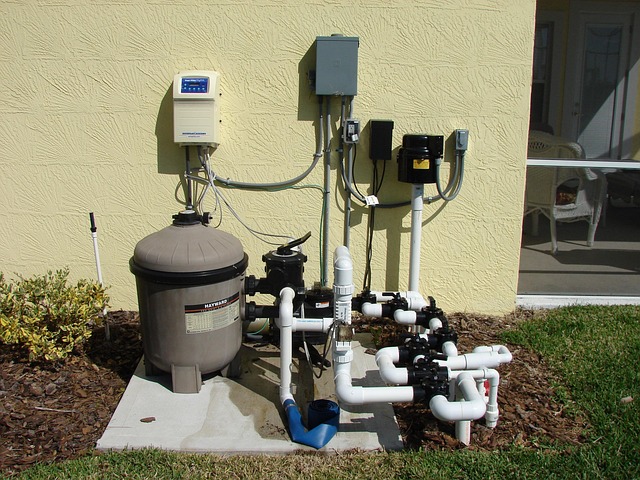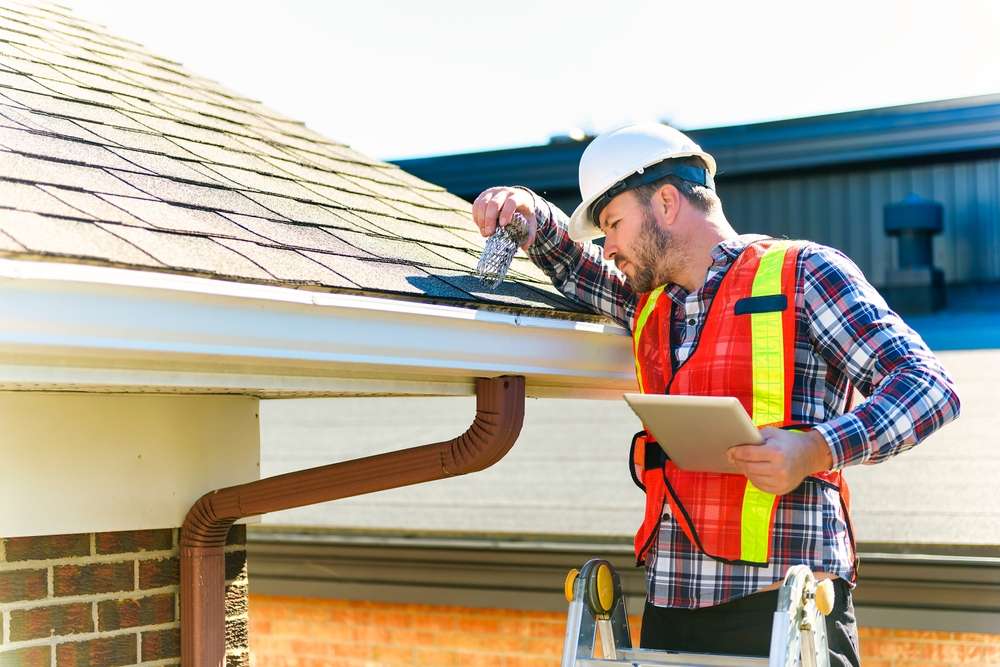Solar Power: How Switching Could Save You More
Solar energy adoption continues to expand as technology improves and installation costs decline. Learn how switching to renewable power can reduce utility expenses, increase home efficiency, and support long-term sustainability across residential and commercial settings.

The shift toward renewable energy has accelerated in recent years, with solar power leading the charge as one of the most accessible and cost-effective options for homeowners. As electricity prices continue to rise and environmental concerns grow, many people are exploring how solar energy systems can reduce their monthly expenses while increasing their property value. The combination of decreasing equipment costs, improved efficiency, and government incentives has made solar power more financially viable than ever before.
What Affects the Cost of Solar Panels for Your Home?
Understanding the financial investment required for solar panel installation begins with recognizing the various factors that influence pricing. The size of your home, energy consumption patterns, roof condition, and geographic location all play significant roles in determining the overall expense. A typical residential system ranges from 5 to 10 kilowatts, with costs varying based on equipment quality, installation complexity, and local labor rates. Panel efficiency, inverter type, and mounting systems also contribute to the final price. Additionally, your roof’s orientation, shading, and structural integrity may require modifications that affect installation costs. Many homeowners find that while the upfront investment seems substantial, the long-term savings on electricity bills often offset the initial expenditure within several years.
How Do Solar Energy Companies Compare in Services?
Selecting the right provider for your solar energy project requires careful evaluation of available options in the market. Different solar energy companies offer varying levels of service, warranty coverage, equipment quality, and financing options. Some specialize in residential installations while others focus on commercial projects. When researching providers, consider their experience, customer reviews, certification status, and post-installation support. Many companies offer free consultations and customized proposals based on your specific energy needs and property characteristics. The installation process typically involves site assessment, system design, permitting, equipment installation, and grid connection. Reputable providers will guide you through each step and ensure compliance with local regulations and utility requirements.
Understanding Home Solar Systems and Their Components
Home solar systems consist of several key components working together to convert sunlight into usable electricity. Solar panels, or photovoltaic modules, capture sunlight and generate direct current electricity. Inverters convert this DC power into alternating current that your home appliances can use. Mounting systems secure panels to your roof or ground-based structures, while monitoring systems track energy production and system performance. Some homeowners also incorporate battery storage solutions to store excess energy for use during nighttime or cloudy periods. Modern systems are designed for durability and typically come with warranties ranging from 20 to 25 years for panels and 10 to 15 years for inverters. Understanding these components helps homeowners make informed decisions about system specifications and expected performance.
What Solar Incentives Are Available in 2025?
Financial incentives significantly reduce the net cost of transitioning to solar power, making it more accessible to a broader range of homeowners. The federal Investment Tax Credit remains one of the most substantial benefits, allowing homeowners to deduct a percentage of their solar installation costs from federal taxes. Many states offer additional rebates, tax credits, or performance-based incentives that further reduce expenses. Some utility companies provide net metering programs, crediting homeowners for excess electricity their systems feed back into the grid. Local governments may offer property tax exemptions for solar installations, ensuring that adding solar panels does not increase property tax assessments. Solar Renewable Energy Certificates in certain markets provide ongoing income opportunities based on energy production. Researching available solar incentives 2025 in your specific location is essential, as programs vary widely by state and municipality and may have application deadlines or funding limitations.
Real-World Cost Considerations and Provider Comparison
When evaluating the financial aspects of solar energy adoption, comparing actual costs and providers helps establish realistic expectations. The following table presents typical cost ranges and provider characteristics based on current market conditions:
| Provider Type | Services Offered | Cost Estimation |
|---|---|---|
| National Installers | Full-service installation, financing options, monitoring | $15,000 - $25,000 for average home |
| Regional Companies | Customized design, local expertise, maintenance | $13,000 - $22,000 for average home |
| Local Contractors | Personalized service, competitive pricing | $12,000 - $20,000 for average home |
| DIY Solar Kits | Equipment only, self-installation | $8,000 - $15,000 for equipment |
Prices, rates, or cost estimates mentioned in this article are based on the latest available information but may change over time. Independent research is advised before making financial decisions.
These figures represent pre-incentive costs for systems sized between 5 and 8 kilowatts, which typically meet the needs of an average household. Actual expenses depend on specific system requirements, equipment selection, and regional market conditions. After applying federal tax credits and state incentives, many homeowners see their effective costs reduced by 30 to 50 percent. Financing options such as solar loans, leases, and power purchase agreements provide alternatives to upfront payment, allowing homeowners to start saving on electricity bills immediately while spreading system costs over time.
Long-Term Savings and Return on Investment
The financial benefits of solar power extend well beyond initial installation, with most homeowners experiencing significant long-term savings. Average electricity bill reductions range from 50 to 100 percent depending on system size and energy consumption patterns. Over a typical 25-year panel lifespan, cumulative savings often exceed $20,000 to $40,000 for many households. Solar installations also increase property values, with studies showing homes with solar systems sell faster and at premium prices compared to similar homes without solar. As utility rates continue rising, the value of generating your own electricity grows each year. Maintenance costs remain minimal, usually limited to occasional cleaning and inverter replacement after 10 to 15 years. When calculating return on investment, consider both immediate bill savings and long-term financial benefits, including protection against future electricity price increases and potential income from renewable energy credits.
Transitioning to solar power represents both an environmental commitment and a sound financial decision for many homeowners. By understanding installation costs, available incentives, provider options, and long-term savings potential, you can determine whether solar energy aligns with your financial goals and sustainability values. As technology continues improving and costs decline, solar power becomes an increasingly compelling option for reducing energy expenses while contributing to a cleaner energy future.




